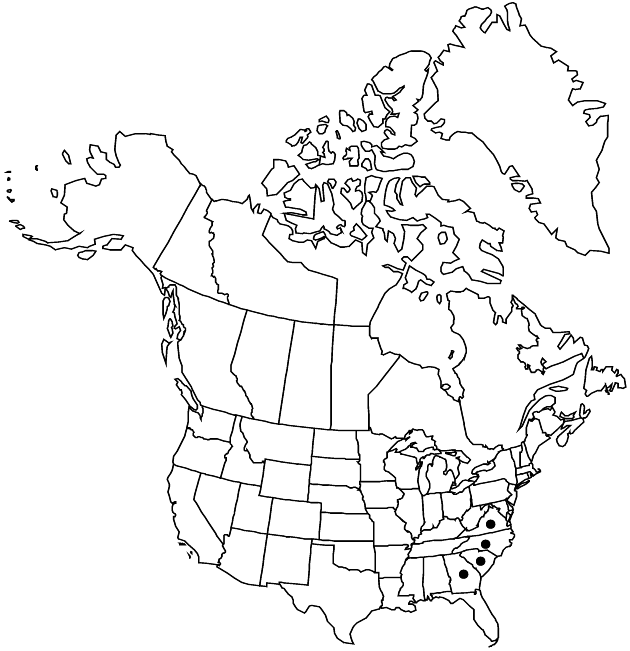Difference between revisions of "Packera millefolium"
Phytologia 49: 47. 1981.
FNA>Volume Importer |
FNA>Volume Importer |
Revision as of 18:41, 24 September 2019
Perennials, 25–60+ cm; fibrous-rooted (caudices branched). Stems 1 or 2–3, clustered, glabrous or leaf axils sparsely hairy. Basal leaves (and proximal cauline) petiolate; blades narrowly ovate to ovate (2–3 times pinnately dissected, ultimate lobes mostly linear to filiform), 50–80 × 30–50 mm, bases ± truncate or auriculate, ultimate margins entire or remotely dentate. Cauline leaves gradually reduced (petiolate or sessile, similar to basals). Heads 10–30+ in open, corymbiform arrays. Peduncles bracteate or ebracteate, glabrous. Calyculi 0. Phyllaries (13–)21, green, 4–6 mm, glabrous (tips sometimes hair-tufted). Ray florets 8–10(–13); corolla laminae 8–12 mm. Disc florets 35–50+; corolla tubes 2–3 mm, limbs 1.5–2.5 mm. Cypselae 0.75–1.5 mm, hairy on ribs; pappi 3–4 mm.
Phenology: Flowering early May–mid Jun.
Habitat: Open areas along streams, rock outcrops in thin, granitic-derived soils
Elevation: 400–900 m
Distribution

Ga., N.C., S.C., Va.
Discussion
Of conservation concern.
Packera millefolia is known only from granitic soils in the southern Appalachians. It is similar in overall aspect to the widespread P. anonyma; it differs by its 2–3 times pinnately dissected leaves.
Selected References
None.
